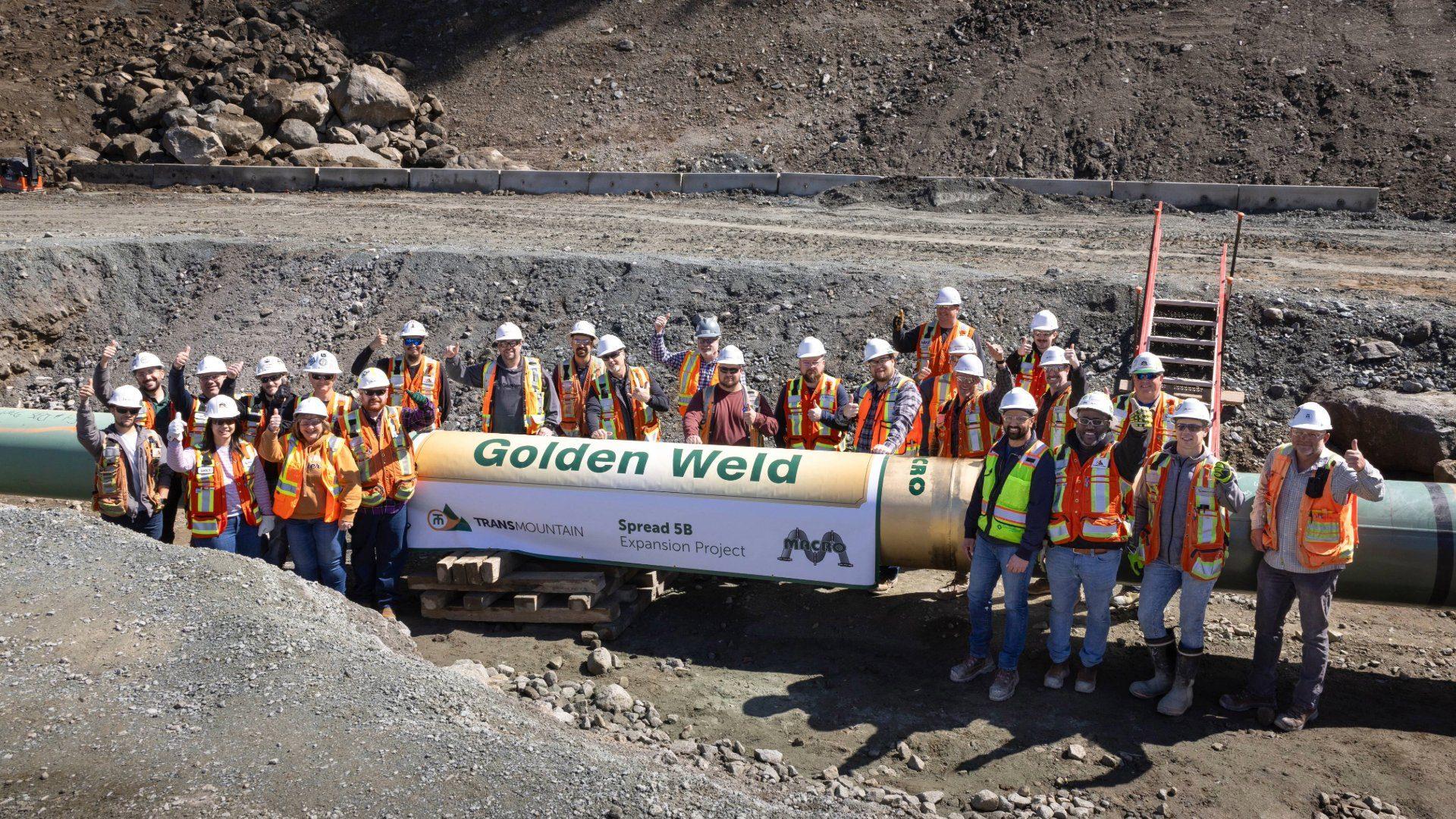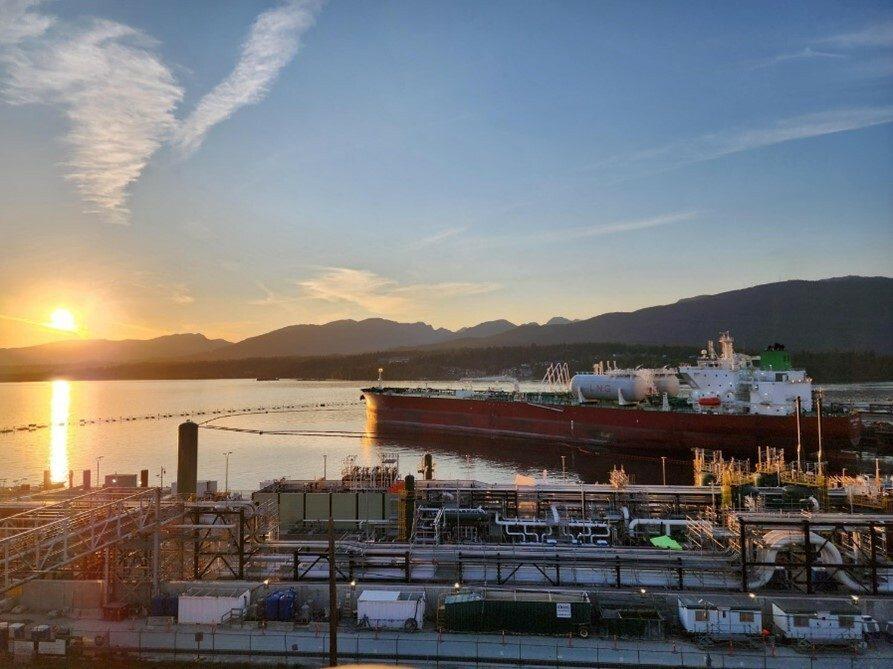Canada’s oil sands producers are “back in the limelight” for investors following completion of the Trans Mountain pipeline expansion, according to a report by Enervus Intelligence Research.
For the first time in the better part of a decade, there is now breathing room on the system to ship all of the oil producers are able to sell off the coast of B.C.
Up until this May, Trans Mountain was regularly overbooked. Not anymore.
The crude carrier Dubai Angel picked up the first shipment from the long-awaited expansion on May 22, setting sail for China and a customer of oil sands producer Suncor Energy.
Analysts estimate Trans Mountain loaded 20 vessels in June, compared to a pre-expansion average of five per month.
“You’re seeing multiple buyers. It’s going very well,” said Phil Skolnick, managing director of research with New York-based Eight Capital.
“You’re seeing the exact buyers that we always thought were going to show up, the U.S. west coast refineries and as well as the Asian refineries, and there was a shipment that went to India as well.”

Canadian crude in demand on the global market
Asian markets – particularly China, where refineries can process “substantial quantities” of extra heavy crude and bitumen – are now “opened in earnest” to Canadian oil, the International Energy Agency (IEA) said in its June Oil 2024 report.
“There’s demand for this crude and people are going to make deals,” said Kevin Birn, chief analyst of Canadian oil markets with S&P Global.
The IEA said Canadian crude will increasingly compete with heavy oil from other countries, particularly those in Latin America and the Middle East.
June’s loading of 20 vessels is slightly lower than the 22 vessels Trans Mountain had targeted, but Skolnick said a few bumps in the project’s ramp-up are to be expected.
“About three months ago, the shippers were telling investors on their calls, don’t expect it to be a smooth ramp up, it’s going to be a bit bumpy, but I think they’re expecting by Q4 you should start seeing everyone at peak rates,” Skolnick said.
Delivering higher prices
Trans Mountain’s expanded Westridge Terminal at Burnaby, B.C. now has capacity to load 34 so-called “Aframax” vessels each month.
One of the first deals, with Chinese refiner Rongsheng Petrochemical, indicates the Trans Mountain expansion is delivering on one of its expected benefits – higher prices for Canadian oil.
Canada’s Parliamentary Budget Office has said that an increase of US$5 per barrel for Canadian heavy oil over one year would add $6 billion to Canada’s economy.
The June deal between Rongsheng and an unnamed oil sands shipper saw a shipment of Access Western Blend (AWB) purchased for approximately US$6 per barrel below the Brent global oil benchmark. That implies an AWB selling price of approximately US$75 per barrel, or about US$10 more than the price received for AWB in Alberta.

More pipeline capacity needed
Oil sands production – currently about 3.4 million barrels per day – is projected to rise to 3.8 million barrels per day by the end of the decade before declining slightly to about 3.6 million barrels per day in 2035, according to the latest outlook by S&P Global.
“Despite the recent completion of the Trans Mountain Expansion project, additional capacity will still be needed, likely via expansion or optimization of the existing pipeline system,” wrote Birn and S&P senior research analyst Celina Hwang in May.
“By 2026, we forecast the need for further export capacity to ensure that the system remains balanced on pipeline economics.”
Uncertainty over the federal government’s proposed oil and gas emissions cap “adds hesitation” to companies considering large-scale production growth, wrote Birn and Hwang.
Global oil demand rising
World oil demand, which according to the IEA reached a record 103 million barrels per day in 2023, is projected to continue rising despite increased investment in renewable and alternative energy.
A June outlook by the International Energy Forum (IEF) pegs 2030 oil demand at nearly 110 million barrels per day.
“More investment in new oil and gas supply is needed to meet growing demand and maintain energy market stability, which is the foundation of global economic and social well-being,” said IEF secretary Joseph McMonigle.
The unaltered reproduction of this content is free of charge with attribution to Canadian Energy Centre Ltd.
